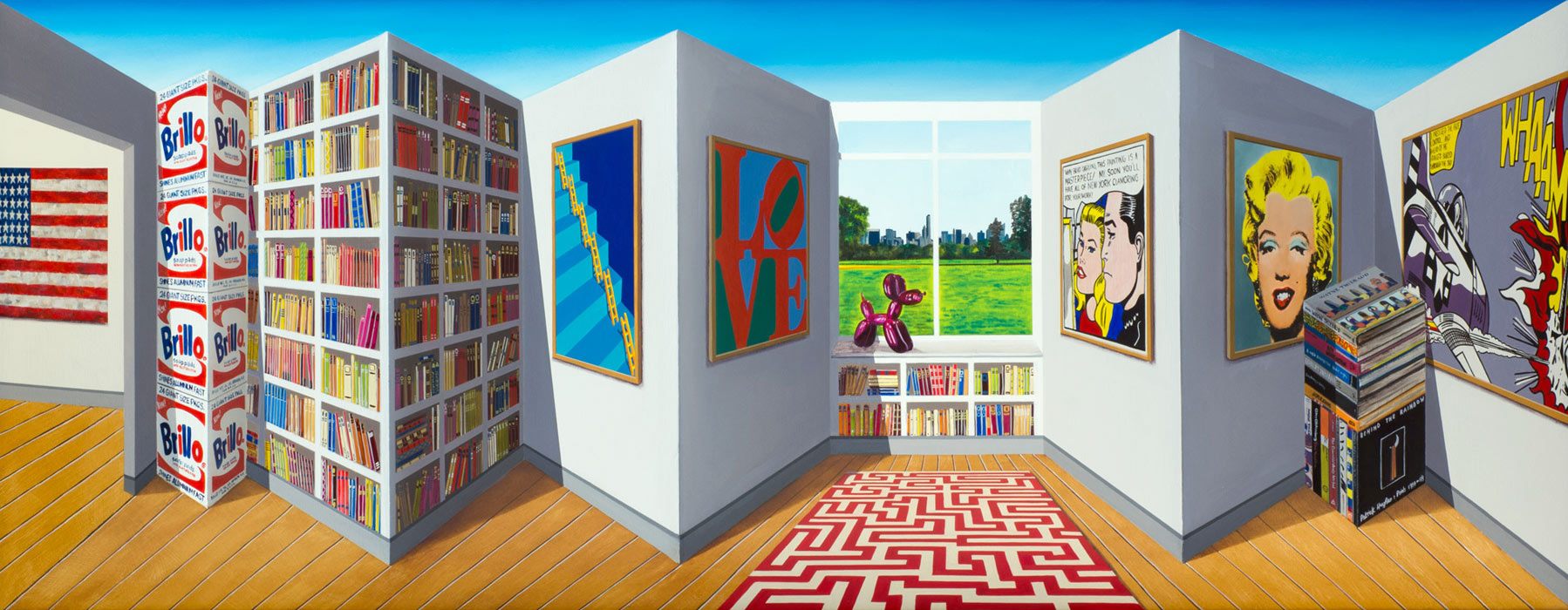While reading Neuroculture by Giovanni Frazzetto and
Suzanne Anker, I was intrigued by the product of neuroculture known as
neuroaesthetics. Neuroaesthetics is a new field of research that “considers the
subjective aspect of aesthetic experiences in the creation and appreciation of
art works to be superimposed upon common and universal neural circuits” (Anker
815). Scientists in this field attempt to combine neurological research with
aesthetics by investigating our brain functions and mental states while
experiencing art and music. Here, we can already see a direct connection
between two different fields of study (neuroscience and art) and how they can
be further understood by studying human behavior as well.
Neuroscience can possibly
reveal the building blocks of our personality, consciousness, and the way we
make decisions, among others. Semir Zeki, a neuroscientist and professor at the
University College of London, states on his blog that “art is a human activity…and
obeys the laws of the brain” (Zeki). He likes to say that art is experienced by
the brain and created by the brain. This reminds of Gall’s phrenology mentioned
by Professor Vesna and implies that there is a region of the brain directly correlated
to the creation of art.
 |
| Patrick Hughes Popper |
A perfect example of the way our brains perceive art is
Patrick Hughes’ gallery, “Reverspective,” which offers stunning visual
illusions. Although we know his paintings are two dimensional, we are met with
a disorientating experience because the paintings create the effect of a
3-dimensional space. The brain perceives his work as if there were physical
corridors we could walk through, challenging the way we think about how our
eyes and brain perceives visuals.
 |
| Michelangelo's Expulsion from Paradise |
With the proliferation of new neuroscience
technology such as functional magnetic resonance imaging (FMRI) and
transcranial magnetic stimulation (TMS), neuroscientists have been able to
experiment with how the brain reacts to art. In an experiment involving
Michelangelo’s Expulsion from Paradise,
it was found that the gesture of Adam’s wrist bent back was enough to “excite
areas in the primary motor cortex that controlled the observer’s own wrists”
(Smithsonian).
Aside from how the brain
processes images, artists have also experimented with mind-altering substances
such as cocaine, LSD, and other drugs. In one of the most creative and absurd
experiments I’ve ever heard of, artist Bryan Lewis Saunders decided to take a
different drug every day and create a self-portrait of himself while under the
influence in order to see how his perception of self would change.
Works Cited:
Frazzetto, Giovanni, and Suzanne Anker. "Science and Society - PERSPECTIVES." Neuroculture 10 (2009): 815-21. Nature Reviews. Macmillan Publishers, Nov. 2009. Web.
Hughes, Patrick. "Reverspective." Www.patrickhughes.co.uk. Patrick Hughes, n.d. Web. 17 May 2015. <http://www.patrickhughes.co.uk/gallery/painting/>.
Lucero, LeAnna. "Phrenology." Phrenology. LeAnna Lucero, n.d. Web. 17 May 2015. <https://sites.google.com/site/physiciki/Home/pseudoscience/period-2/phrenology>.
Luxton, Rebecca. "A Man Got High on 52 Different Drugs Then Drew These Trippy Self-Portraits." RYOT News. RYOT, 24 July 2014. Web. 17 May 2015. <http://www.ryot.org/bryan-saunders-self-portraits-drugs/765053>.
Tucker, Abigail. "History, Travel, Arts, Science, People, Places | Smithsonian." Smithsonian.com. Smithsonian Magazine, 1 Nov. 2012. Web. 17 May 2015. <http://www.smithsonianmag.com/science-nature/how-does-the-brain-process-art-80541420/>.
Zeki, Semir. "Statement on Neuroesthetics." Neuroesthetics.org. Neuroesthetics, n.d. Web. 17 May 2015. <http://www.neuroesthetics.org/statement-on-neuroesthetics.php>.


No comments:
Post a Comment